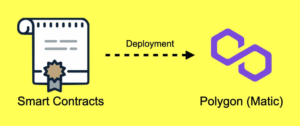In 2025, blockchain protocols are the rules that power cryptocurrencies like Bitcoin and Ethereum, enabling secure, decentralized systems. Think of them as the software instructions that ensure a blockchain runs smoothly, from recording transactions to preventing fraud. This beginner-friendly guide explains blockchain protocols in simple terms, helping new developers understand their role, types, and how they shape crypto projects.
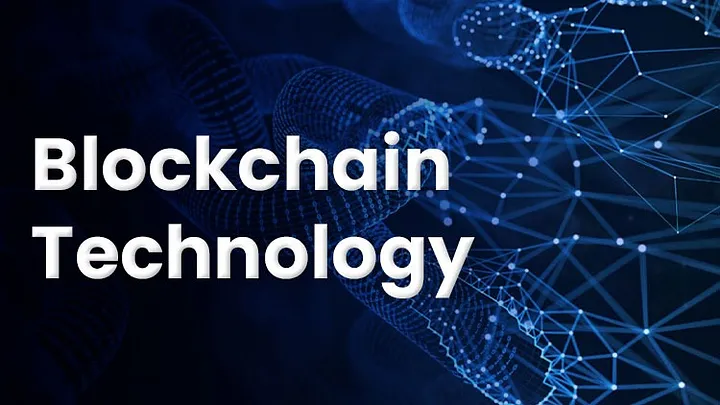
What Is a Blockchain Protocol?
A blockchain protocol is a set of rules that defines how a blockchain network operates. It governs how nodes (computers) communicate, validate data, and maintain a shared ledger. Protocols ensure trust and security without a central authority, like a bank.
Key Idea: A protocol is like a recipe for a blockchain, detailing how ingredients (blocks, nodes) come together.
Why It Matters: Protocols enable Bitcoin payments, Ethereum smart contracts, and NFT marketplaces.
Example: Bitcoin’s protocol ensures only valid transactions (e.g., “Alice sends $10 to Bob”) are recorded.
Tip: Learn protocol basics on CoinDesk.
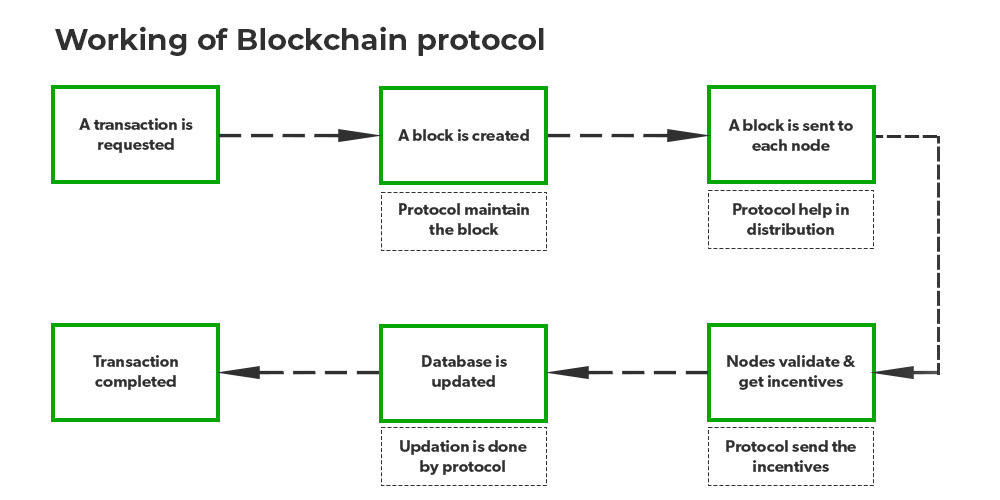
Why Developers Should Understand Blockchain Protocols
For developers, grasping protocols is key to building crypto apps or contributing to blockchain networks. Benefits include:
- Build DApps: Create decentralized apps on Ethereum’s protocol.
- Contribute to Crypto: Improve protocols like Bitcoin via open-source coding.
- Understand Trade-offs: Choose the right protocol for speed, security, or scalability.
- Career Boost: Blockchain dev skills are in high demand in 2025.
Example: A developer’s understanding of Ethereum’s protocol led to a DApp job in 2024.
Tip: Explore protocol use cases on Cointelegraph.
Core Elements of Blockchain Protocols
Protocols include several components that work together to keep a blockchain running. Let’s break them down in simple terms.
1. Consensus Mechanism
The consensus mechanism is the rule for how nodes agree on valid data, like transactions. It prevents double-spending and ensures trust.
- Proof of Work (PoW): Used by Bitcoin, miners solve puzzles to add blocks, requiring high energy.
- Proof of Stake (PoS): Used by Ethereum 2.0, validators stake coins for eco-friendly block creation.
- Others: Delegated PoS (DPoS), used by Solana, or Practical Byzantine Fault Tolerance (PBFT) for private chains.
Example: Ethereum’s 2024 PoS switch cut energy use by 99%, boosting scalability.
Why It Matters: Consensus ensures all nodes share the same ledger, keeping the network honest.
Tip: Compare consensus types on Binance Academy.
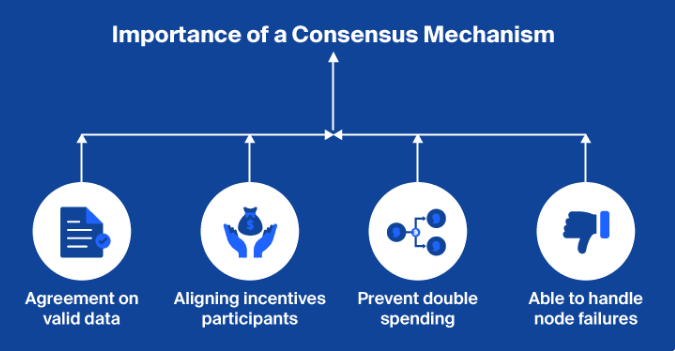
2. Data Structure
Protocols define how data is stored in blocks and linked into a chain. Each block includes:
- Data: Transactions or smart contract code.
- Hash: A unique ID created by algorithms like SHA-256.
- Previous Hash: Links to the prior block, ensuring immutability.
Example: Bitcoin’s protocol limits blocks to 1MB, holding ~2,000 transactions every 10 minutes.
Why It Matters: The chain structure makes tampering obvious, as changing one block breaks later links.
Tip: Learn about blockchain data on CoinGecko.
3. Network Rules
Protocols set rules for how nodes communicate, sync data, and handle forks (when the chain splits).
- Peer-to-Peer (P2P): Nodes share data directly, like BitTorrent.
- Fork Handling: Rules decide which chain is “correct” during splits (e.g., Ethereum’s 2016 DAO fork).
Example: Ethereum’s P2P protocol lets 10,000+ nodes sync globally in 2025.
Why It Matters: Network rules keep the blockchain decentralized and resilient.
Tip: Explore P2P networks on r/blockchain.
4. Cryptography
Protocols use cryptography to secure data and verify users.
- Hashing: Creates tamper-proof block IDs.
- Public-Private Keys: Signs transactions (private key) and verifies them (public key).
Example: Bitcoin’s private key ensures only you can spend your coins.
Why It Matters: Cryptography makes blockchains nearly unhackable.
Tip: Study cryptography on freeCodeCamp.

Popular Blockchain Protocols in 2025
Different protocols power various blockchains, each with unique features. Here are the top ones developers should know:
1. Bitcoin Protocol
The first blockchain protocol, designed for secure digital currency.
- Consensus: PoW, energy-intensive but secure.
- Use Case: Peer-to-peer payments, like sending $100 globally.
- Features: Simple transactions, 7 transactions per second (TPS).
Example: Bitcoin processed $1T in transactions securely in 2024.
Tip: Explore Bitcoin’s code on GitHub.
2. Ethereum Protocol
A flexible protocol for smart contracts and DApps, widely used in 2025.
- Consensus: PoS, eco-friendly and scalable.
- Use Case: NFTs, DeFi apps, and tokenized assets.
- Features: Programmable contracts, ~15 TPS (with Layer 2 solutions).
Example: Ethereum’s 2024 upgrade boosted DeFi apps, handling $500B in value.
Tip: Learn Ethereum coding on ethereum.org.
3. Solana Protocol
A high-speed protocol for fast, low-cost transactions.
- Consensus: Proof of History (PoH) with PoS, enabling 65,000 TPS.
- Use Case: Gaming, NFTs, and microtransactions.
- Features: Sub-second transaction times, low fees.
Example: Solana’s speed powered a 2024 NFT marketplace with millions of trades.
Tip: Check Solana docs at docs.solana.com.
4. Hyperledger Fabric
A private blockchain protocol for businesses, not cryptocurrencies.
- Consensus: PBFT, fast and permissioned.
- Use Case: Supply chain tracking, private ledgers.
- Features: Restricted access, customizable rules.
Example: Hyperledger tracked food supply chains for Walmart in 2024.
Tip: Explore Hyperledger on hyperledger.org.
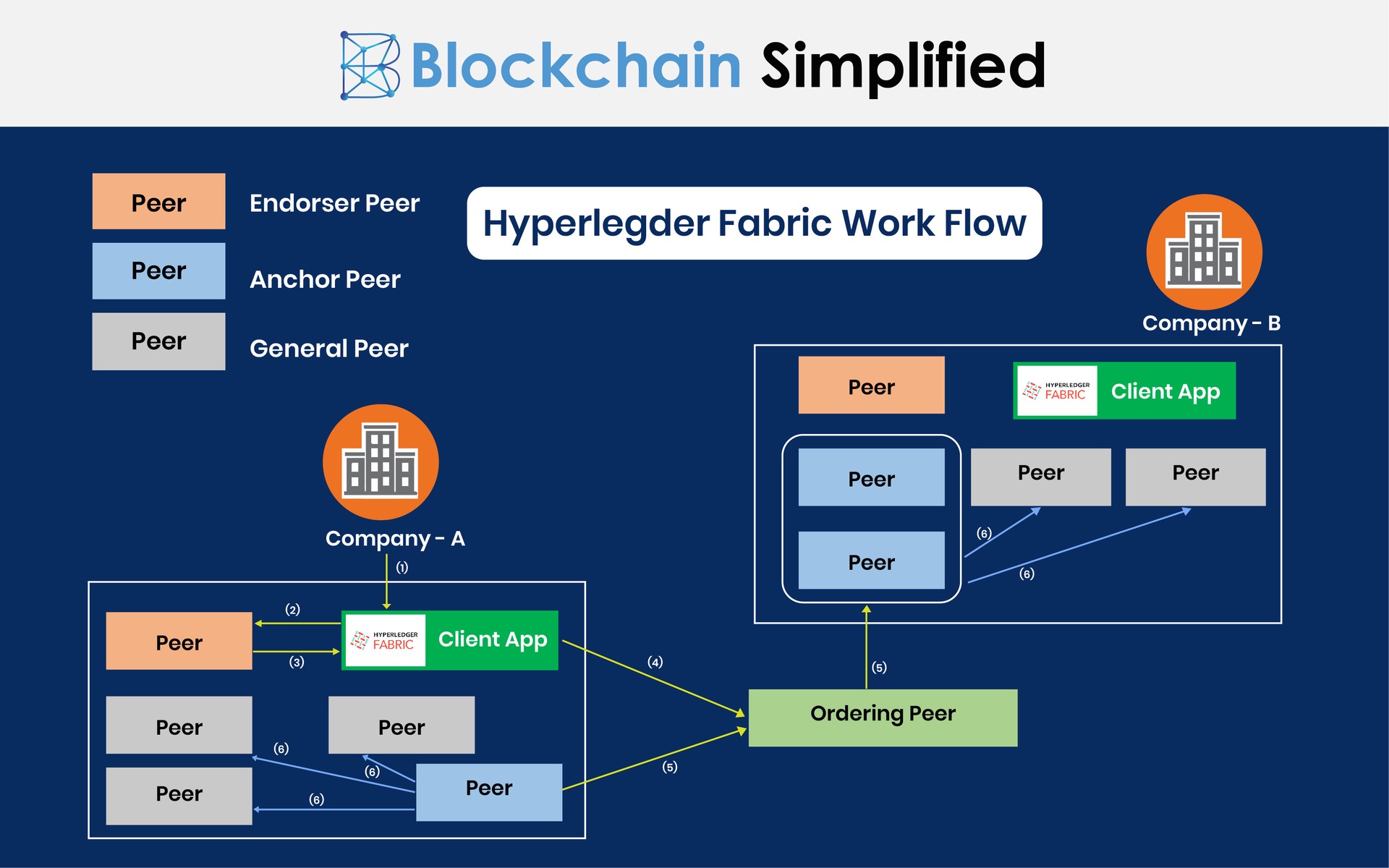
How to Start Exploring Blockchain Protocols
Ready to dive into protocols as a developer? Follow these steps to learn and experiment in 2025.
1. Learn the Basics
Build a foundation with free resources.
How to Do It:
- Read “What is a Blockchain Protocol?” on Binance Academy.
- Watch Coin Bureau’s YouTube video on Bitcoin vs. Ethereum protocols.
- Explore CoinDesk Learn for consensus guides.
Example: Binance Academy clarified PoW for a beginner in 2024.
2. Study Protocol Code
Read open-source protocol code to see how they work.
How to Do It:
- Browse Bitcoin’s code on GitHub.
- Check Ethereum’s Go implementation at github.com/ethereum.
- Study Solana’s Rust code at github.com/solana-labs.
Example: Reading Ethereum’s code helped a developer understand smart contracts.
3. Run a Node
Run a blockchain node to interact with a protocol directly.
How to Do It:
- Install Geth for an Ethereum light node (geth.ethereum.org).
- Run Bitcoin Core for a full node (bitcoin.org).
- Use MetaMask to connect to your node for DApp testing.
Example: An Ethereum node let a beginner see PoS in action in 2024.

4. Build a Simple Project
Create a mini-blockchain to understand protocol rules hands-on.
How to Do It:
- Code a basic blockchain in Python with freeCodeCamp tutorials.
- Add a simple PoW consensus to mimic Bitcoin.
- Share your project on GitHub for feedback.
Example: A Python blockchain project clarified consensus for a 2024 beginner.
What to Watch Out For
Protocols are fascinating, but developers should be cautious:
- Misinformation: X posts may overhype new protocols. Verify with CoinGecko.
- Complexity: Protocols like Ethereum’s require coding skills (e.g., Solidity).
- Scams: Fake “new Bitcoin” protocols on X steal funds. Stick to trusted sources.
- Performance Trade-offs: High-speed protocols like Solana may sacrifice decentralization.
Tip: Check scam alerts on r/cryptocurrency.
Conclusion
In 2025, blockchain protocols like Bitcoin, Ethereum, Solana, and Hyperledger power decentralized systems, from payments to DApps. Understand consensus, data structures, and cryptography with Binance Academy, explore code on GitHub, and run a node using Geth. Build a mini-blockchain with freeCodeCamp, join r/blockchain, and verify claims on CoinGecko. With this knowledge, you’re ready to code crypto apps or contribute to the next big blockchain!




